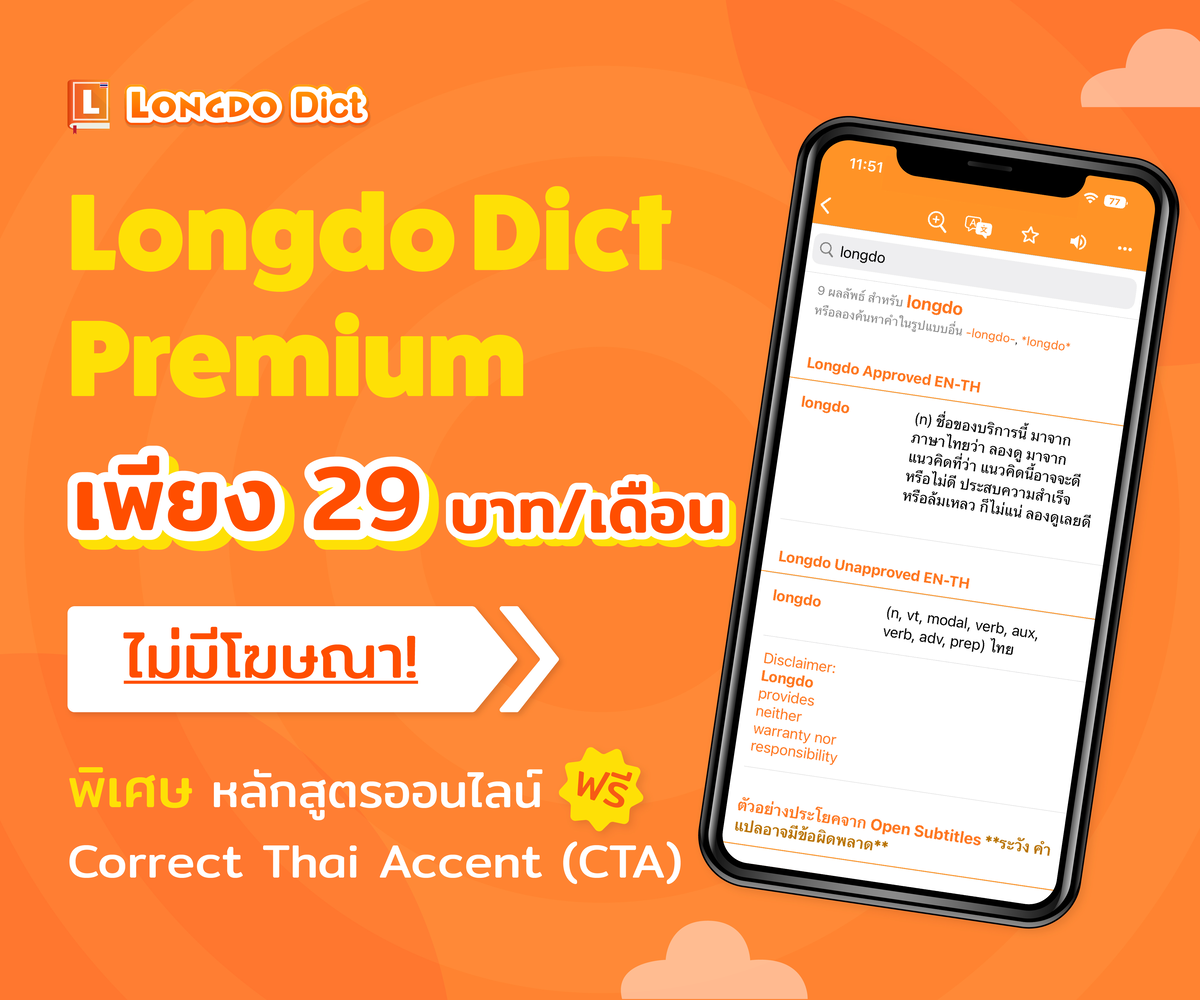Move your mouse over the text to see pop-up windows.
Pronunciation
请 ( qǐng ) 你 ( nǐ ) 注意 ( zhù yì ) 这 ( zhè ) 三角形 ( sān jiǎo xíng ) 的 ( de ) A ( AH0 ) 角 ( jiǎo ) B ( B IY1 ) 角 ( jiǎo ) 和 ( hé ) C ( S IY1 ) 角 ( jiǎo )
请 (qǐng, ㄑㄧㄥˇ ) to ask; to invite; please (do sth); to treat (to a meal etc); to request [CE-DICT] 你 注 (ちゅう) (n,vs) annotation; explanatory note; comment; (P) [EDICT] (zhù, ㄓㄨˋ ) to inject; to pour into; to concentrate; to pay attention; to note; to comment on; to record; to register; to annotate [CE-DICT] (zhù, ㄓㄨˋ ) annotate [CE-DICT] 意 (い) (n) (1) feelings; thoughts; (2) meaning [EDICT] (yì, ㄧˋ ) idea; meaning; thought; to think; wish; desire; intention; to expect; to anticipate; abbr. for Italy 意大利 [CE-DICT] A หนึ่ง (คำนำหน้าคำนามเพื่อแสดงว่าคำนามนั้นๆ ไม่ชี้เฉพาะ) [Lex2] อักษรตัวแรกในภาษาอังกฤษ[Lex2] ใช้เป็นคำเติมหน้าเพื่อเน้นความหมาย[Lex2] ของ[Lex2] บน[Lex2] จาก[Lex2] ไปยัง: ไปสู่ [Lex2] ออก[Lex2] ไม่ (ย่อมาจาก an-) : ปราศจาก, ใช้นำหน้าเสียงพยัญชนะ [Lex2] (เอ) 1. พยัญชนะและสระตัวแรกในภาษาอังกฤษรูปตัว A, ชั้นหนึ่ง,อันดับหนึ่ง,สัญลักษณ์ธาตุ argon (the first letter) - อังสตรอมยูนิต abbr. assesssment,artery 2. อักษร A ในระบบเลขฐานสิบหก มีค่าเท่ากับ 10 ในเลขฐานสิบ [Hope] /AH0/ [CMU] /EY1/ [CMU] (n (count)) /'ɛɪ/ [OALD] (indef. article) /ə/ [OALD] 角 (かど) มุม (เช่น มุมตึก, มุมโต๊ะ) [LongdoJP] (かく) (n,n-suf) (1) angle; (2) square (or cube); (3) bishop (shogi); (4) (See 五音) third degree (of the Japanese & Chinese pentatonic scale); (5) (See 角宿) Chinese "horn" constellation (one of the 28 mansions); (6) (See 元・げん) jiao (monetary unit of China; one-tenth of a yuan); (P) [EDICT] (かど) (n) (1) corner (e.g. desk, pavement); (2) edge; (P) [EDICT] (つの) (n) horn; (P) [EDICT] (すみ(P);すま(隅)) (n,n-suf) (1) corner; nook; recess; (n) (2) (角 only) (obsc) (See 目付柱) downstage right (on a noh stage); (P) [EDICT] (jiǎo, ㄐㄧㄠˇ ) angle; horn; horn-shaped; unit of money equal to 0.1 yuan [CE-DICT] (jué, ㄐㄩㄝˊ ) role (theater); to compete; ancient three legged wine vessel; third note of pentatonic scale; surname Jue [CE-DICT] B พยัญชนะภาษาอังกฤษตัวที่ 2[Lex2] (บี) พยัญชนะตัวที่ 2 ของภาษาอังกฤษ [Hope] /B IY1/ [CMU] (n (count)) /b'iː/ [OALD] 和 (やわ) (adj-na) poorly-built; weak; insubstantial [EDICT] (なぎ) (n) (ant [EDICT] (わ) (n) (1) sum; (2) harmony; peace; (pref) (3) Japanese-style; (P) [EDICT] (hé, ㄏㄜˊ ) and; together with; with; sum; union; peace; harmony; surname He [CE-DICT] (hè, ㄏㄜˋ ) cap (a poem); respond in singing [CE-DICT] (hú, ㄏㄨˊ ) to complete a set in mahjong or playing cards [CE-DICT] (huó, ㄏㄨㄛˊ ) soft; warm [CE-DICT] (huò, ㄏㄨㄛˋ ) mix together; to blend [CE-DICT] C อักษรตัวที่ 3 ในภาษาอังกฤษ[Lex2] (ซี) n. พยัญชนะอังกฤษตัวที่3,ตัวเลข100ของโรมัน,สัญลักษณ์ทางเคมีของธาตุคาร์บอน ภาษาซีเป็นภาษาระดับสูง (high level language) ภาษาหนึ่ง ที่ใช้ในการเขียนโปรแกรม ภาษานี้เริ่มต้นมาจากห้องปฏิบัติการของบริษัท Bell ในช่วงทศวรรษ 1970 ภาษาซีนี้ เป็นภาษาที่ใช้ทั่วไปเทียบเคียงได้กับภาษาเบสิก (BASIC) หรือภาษาปาสกาล (Pascal) ความที่ภาษาซีเป็นภาษาที่ใช้ง่ายและสะดวก โปรแกรมสำเร็จรูปที่มีชื่อเสียงเป็นที่รู้จักกันอย่างดี เช่น Lotus 1-2-3 และ Microsoft FoxPro ก็เขียนด้วยภาษาซี ภาษาซีได้เปรียบภาษาอื่น ๆ อย่างน้อย 3 ประการด้วยกัน คือ 1. ภาษาซีง่ายในการเขียน และเรียนรู้ได้ง่ายเกือบจะเท่ากับภาษาเบสิก2. โปรแกรมภาษาซีใช้เวลาของเครื่อง (คอมพิวเตอร์) น้อยมาก พอ ๆ กับภาษาแอสเซมบลี (Assembly) แต่เขียนได้ง่ายกว่ากันมาก3. ภาษาซีใช้ได้กับคอมพิวเตอร์ทุกเครื่องทุกยี่ห้อ ไม่ว่าจะเป็นแมคอินทอชหรือไอบีเอ็ม (แทบจะไม่ต้องแก้ไขดัดแปลงอะไรเลย ผิดกับภาษาเบสิกและภาษาปาสกาล ซึ่งหากนำไปใช้กับเครื่องต่างตระกูลกันแล้ว จะต้องแก้ไขมากจนเรียกได้ว่าไม่คุ้ม [Hope] /S IY1/ [CMU] (n (count)) /s'iː/ [OALD]



